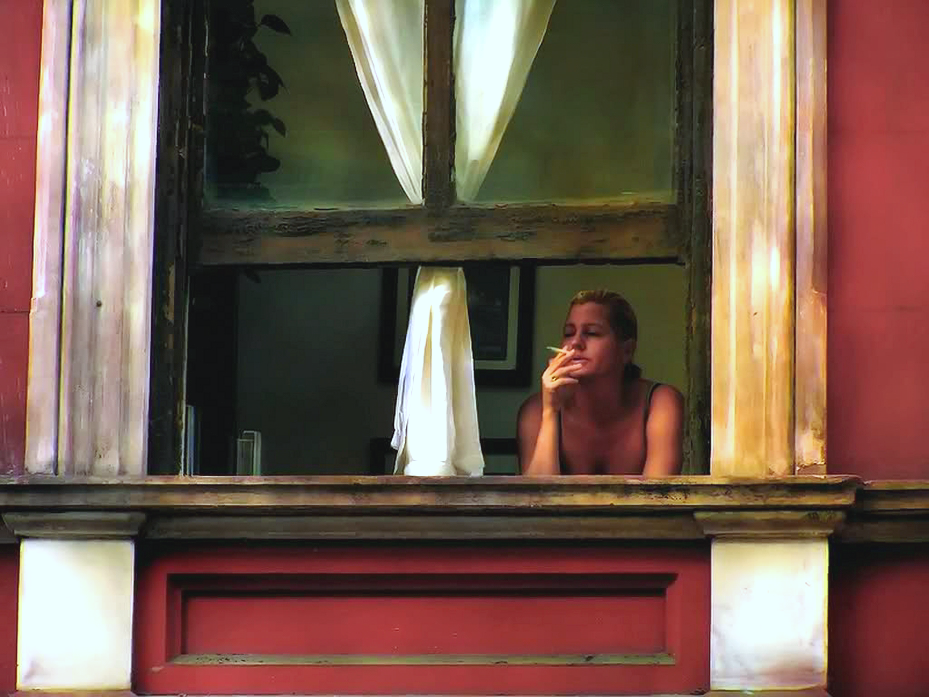The practice of evidence-based design, as it is defined and credentialed, as its history is told, its storehouse of knowledge kept at the Center for Health Design, famously begins with a single study by psychologist Roger Ulrich. Having published previously in environmental psychology, specifically on the subjects of “visual landscapes,” he made a discovery in 1984 that helped to create an entirely new field of study.
That year, he published “View Through a Window May Influence Recovery from Surgery,” which measured medical outcomes of patients over a 10-year period using existing records in a hospital in Pennsylvania. He compared outcomes among patients in rooms with a window view to nature and patients in rooms with a window view to a featureless brick wall, and he found significant and measurable differences in length of stay and use of pain medications. Nurse notes on record were generally more negative for patients looking out at the brick wall.
The groundbreaking insight in this study – the reason it inspired so many new questions, the reason it caught the attention of hospital executives and administrators – is that patient outcomes depend on design decisions. Therefore decisions regarding the built environment should be aligned with the best available evidence.
(Many, many more studies reinforce this general concept that our health depends on access to nature. The Nature Fix (2017) by Florence Williams lays out much of that science in sections divided into immediate and proximate levels of access – from taking a walk to the park to camping out in the wilderness – and explores dozens of compelling cases.)
Access to nature in the healthcare setting is now an unquestioned principle. What that means for visual art and its role in the environment may seem obvious: “nature art.”
But it bears repeating that art does more than have “content.” As we have seen, it is a cognitive process, an experience.
Something goes wrong when we takes the experience of looking through a window and confound that with an experience of looking at art. Only if by “art” we mean “pictures,” – a seriously impoverished conception of art – would that even begin to make sense.
But this is precisely what seems to have happened in healthcare design, often limiting art selection guidelines to a simplistic notions like “nature art.” Let’s now look beyond these narrow definitions and assumptions to reconsider arts role in healing environment.
